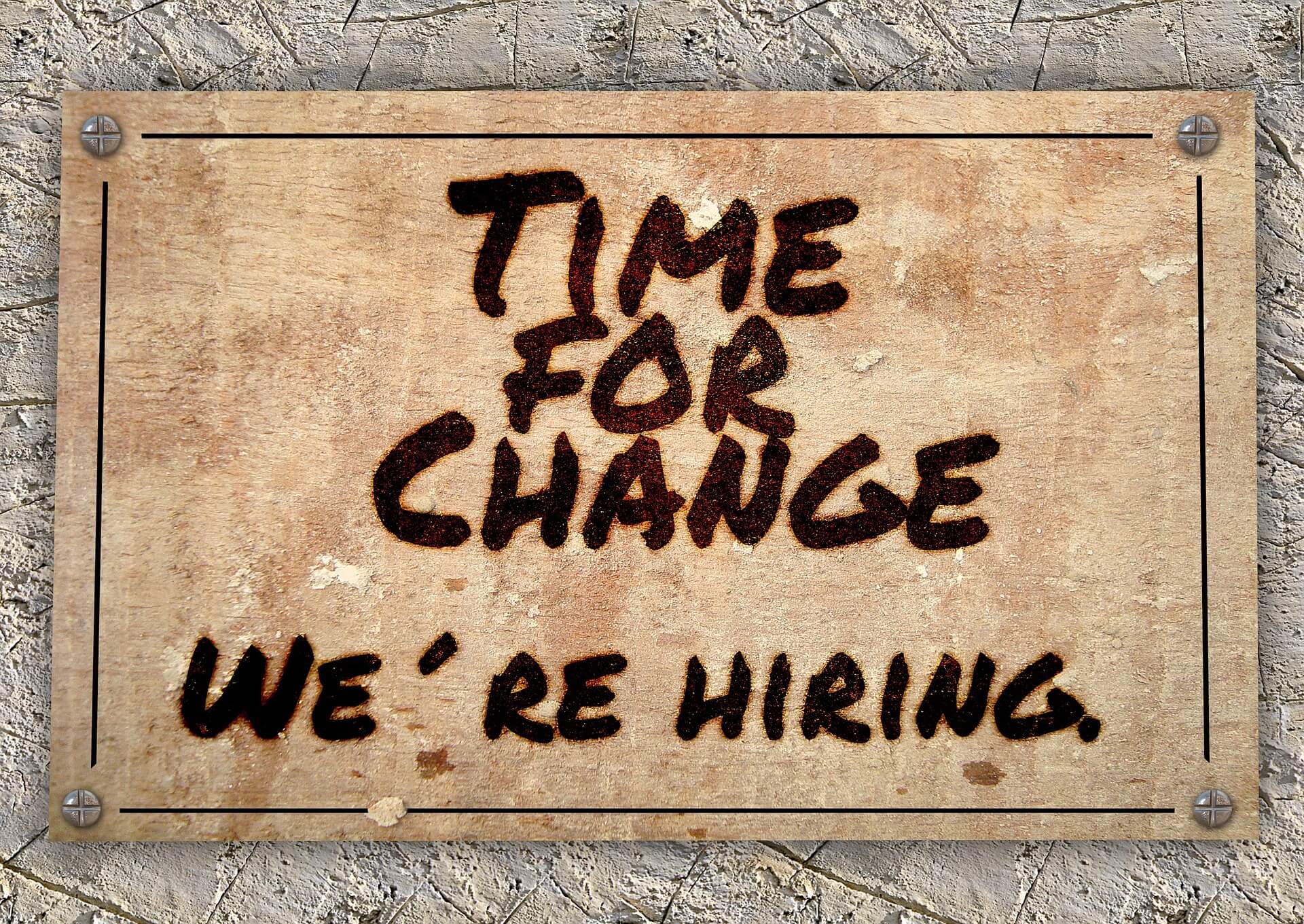Understanding HR is the Beating Heart of your Organization

Whether heads of families, corporations or government agencies, it is incumbent upon each of us to evaluate how we can do better—both now and in the future—to prepare for and cope with both small- and large-scale emergencies. It will be natural to focus on the adequacy and distribution of critical supplies, as well as medical, housing and transportation needs. However, we cannot lose sight of the fact that how well we respond to disasters depends on people we elect or recruit, hire and train to perform their jobs. This is particularly true as it relates to public service officials and government employees. These are the people who formulate public policies, craft procedures and deliver essential services.
The perception of the typical government workforce is less than stellar. Phrases such as “uninspired’, “lackadaisical”, “bureaucratic”, “lacking innovation”, “disengaged” and even “incompetent” are often invoked to describe us. If any of these descriptions have a trace of validity, government will lack crucial public trust and confidence and likely be unable to provide a satisfactory emergency response.
As might be expected in a service sector, as much as 70% or more of state and local government expenditures are allocated to personnel costs for delivering direct services. Few would argue that the quality for both routine and emergency responses relies on quality employees. And yet, there is a budgetary and priority disconnect between how government HR departments are funded and operate and their very real impact on service delivery. The Urban Institute reports as little as 4% of state and local government expenditures are devoted to general administration. Human Resources must compete for its share of this thin slice of the budget pie. If public perception of government employees is disheartening, the internal view of the HR function by employees is equally disappointing. HR departments and services provided are often depicted as being “transactional” and “compliance-focused”.

Perhaps the most potentially disadvantageous and counterintuitive disconnect is a reluctance to recognize the link between candidate hiring and subsequent performance. In a recent GovLoop poll, when asked where their agencies faced the greatest challenges, 46% of the respondents identified “addressing poor performers”, 24% indicated “better and more diverse training”, and only 8% pointed to “improving hiring processes”. It is notable that poor employee performance was the dominant response while vigorously recruiting the highest quality candidates and assessing their skills and suitability for appointment was scarcely mentioned.
In the context of a steady stream of baby boomer generation retirements, government has a unique opportunity. This is the time to recast its image and reshape its workforce to more closely align with best practices in America’s finest private sector businesses. The sheer number of recent and looming natural and manmade disasters makes it urgent that we reform the role and function of government HR to produce a new generation workforce comprised of the most dedicated, capable and effective public servants.
- To begin with, public sector HR departments and functions should be valued, funded, and regarded in ways that recognize government performs best when it recruits and hires the nation’s brightest and most energetic talent. This fundamental understanding must be woven into the fabric of each organization’s culture and become a preeminent goal in every policy and program initiative.
- If it is important that government hires have a healthy sense of self, then it is equally important that each organization build a strong image that conveys its mission, values, and ethos. Branding your agency is a vital first step in becoming an employer of choice and ensuring the suitability and fit of each new staffer.
- Human Resources staff can benefit by redefining and expanding their roles to include leadership and relationship management. They are uniquely positioned to engage employees and help shape organizational culture. They can go well beyond merely guarding against a spoils system and filling vacancies with warm bodies meeting “minimum qualifications”. The most progressive HR departments will become valued partners to operating departments by providing assessment, advice and consultation designed to recruit and procure the highest quality workforce.
- Operating departments have historically relied on HR departments to help draft job descriptions, duties and minimum qualifications. They have leaned on HR to assemble and oversee interview boards and create eligibility lists. However, most operating departments are sure to welcome and appreciate greater depth of support from HR. Enlightened and empowered HR staff can help identify innovative and contemporary screening and selection methods designed to facilitate employee success. These might include practical and simulation exercises, technology aptitude appraisals, emotional I.Q barometers, reasoning and problem -solving exercises. These and other tools need to supplant many of the tried and true oral interview questions for which most applicants have rehearsed. Yes, there are added expenses for such assessments however the return on investment is substantial. It is the staggering cost of hiring ill-suited employees that is prohibitive.
The Human Resources department is the beating heart of any government agency. The nature of its core functions ordains it as a driving influence. Simply stated, to instill central values and achieve desired behavior, an organization must screen, select and hire, train and develop, appraise performance, reward and promote employees in a manner that emphasizes and reinforces its objectives.
I am reminded when my wife and I visit her family in their small Netherlands village and accompany them grocery shopping it is different from our experience at home. Like so many of their neighbors, her family still prefers stopping at the butcher shop, produce stall, bakery and, of course, cheese shop to one-stop markets. Even with my penchant for efficiency I understand and appreciate that these niche purveyors (artisans, really) generally provide superior products well worth the added effort.
Finding and hiring the best public service workers may also require an added effort. Casting a large but focused net is imperative. Broadcasting career opportunities on niche online job boards with strong network relationships and prominent social media presence is imperative today. Still relevant are outreach activities that include industry magazines and journals, attending professional association conferences and job fairs. Developing relationships with universities and trade schools that have relevant coursework and internship and apprentice programs will set your HR Department apart from others. Too meet diversity objectives, for specialty skills, and hard-to-fill positions, tailored and targeted recruitment strategies should be considered.
Our culture is replete with the phrase, “You are only as good as ____”. As it relates to public services, and certainly with respect to our emergency response capabilities, we are only as good as the result of our recruitment and hiring efforts. The leadership and management we provide, plans we develop, training we offer, technology and equipment we acquire are all very important pillars supporting our performance. However the quality of our workforce will always be the bedrock upon which these pillars rest.

CAREER ADVICE

GOV TALK




